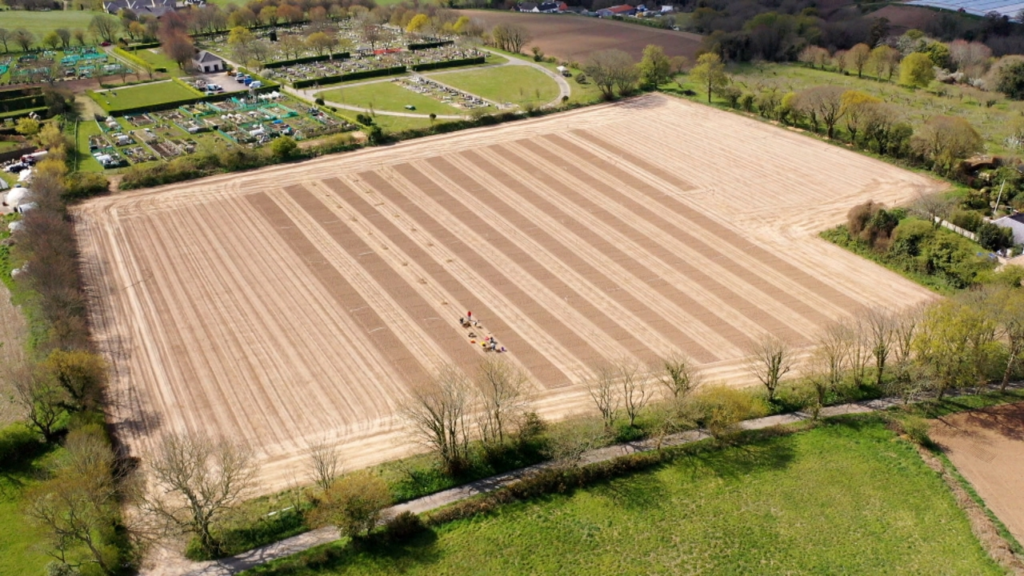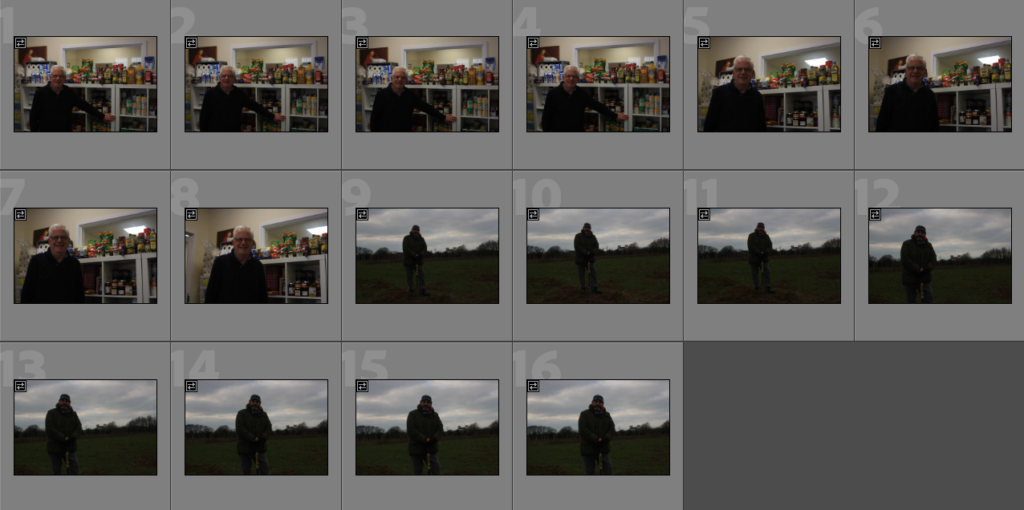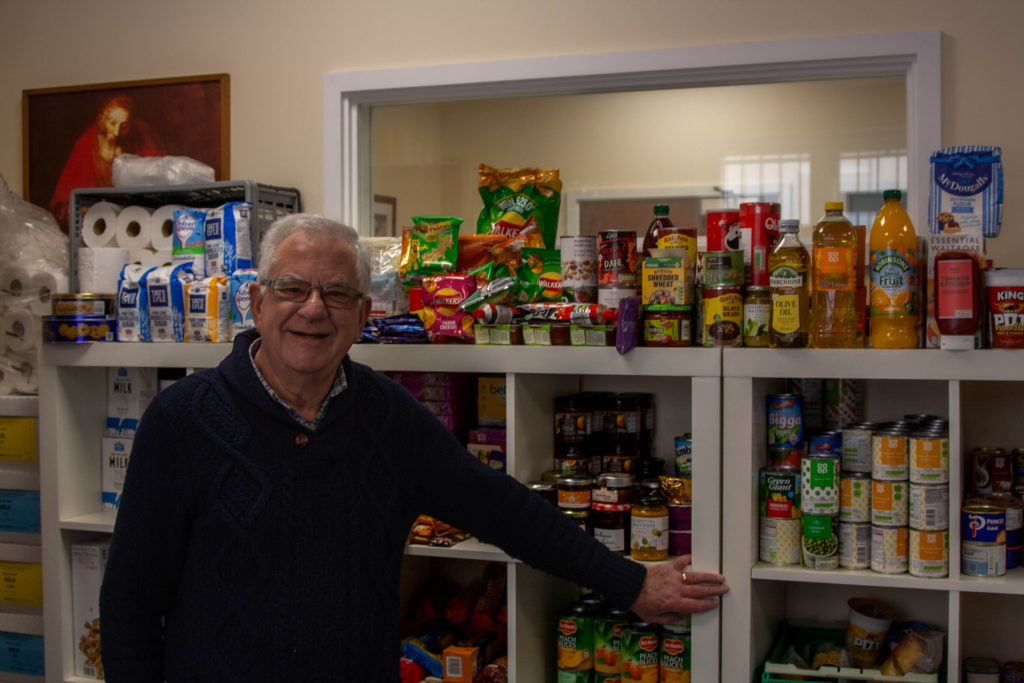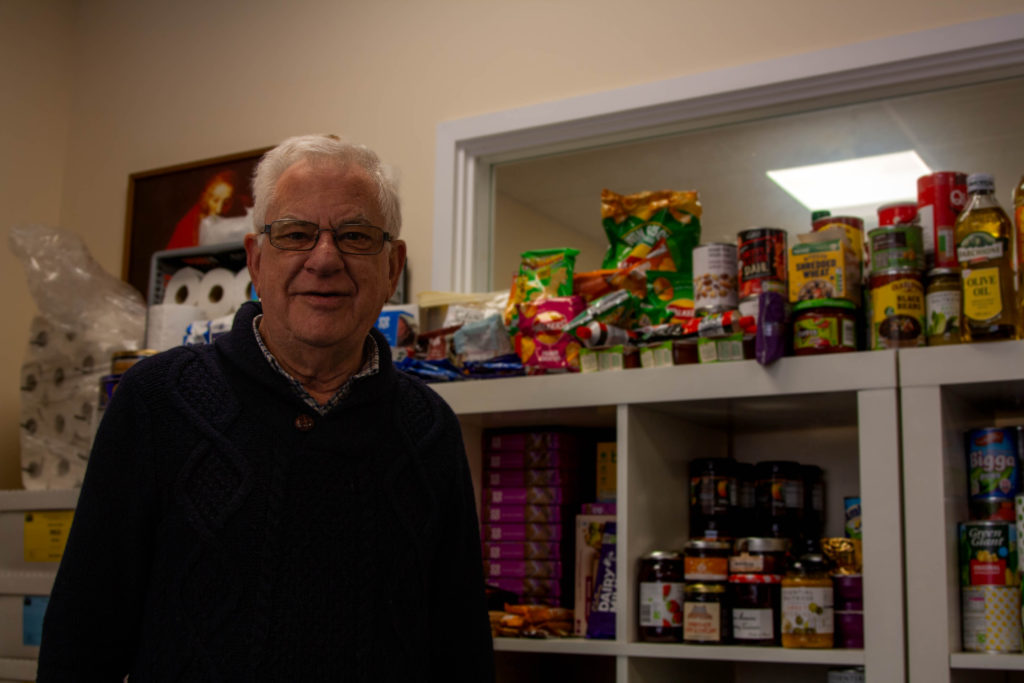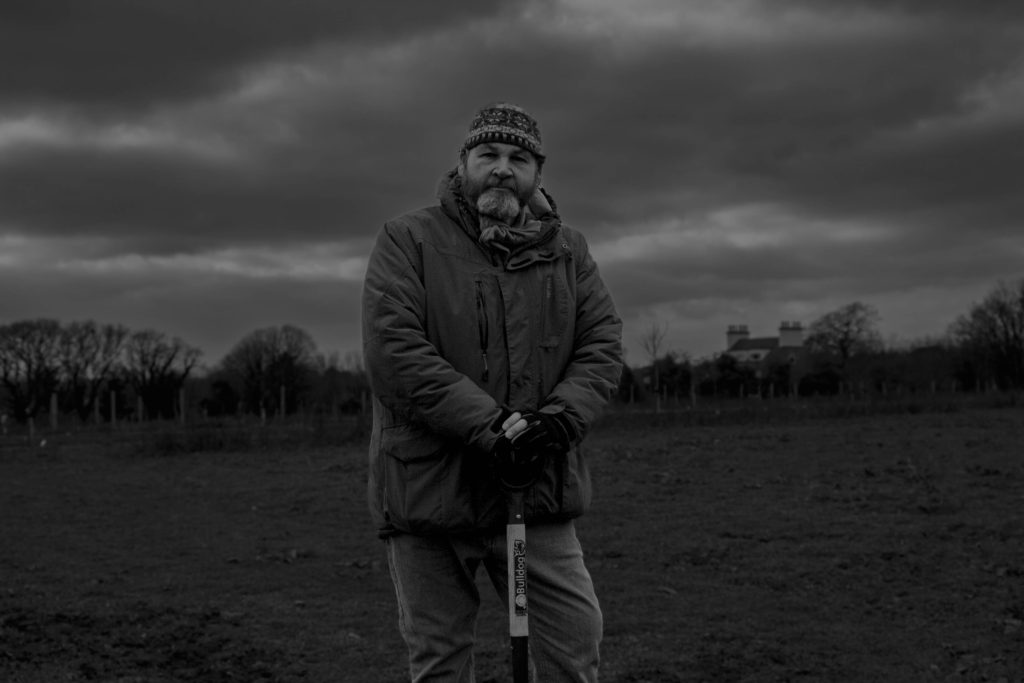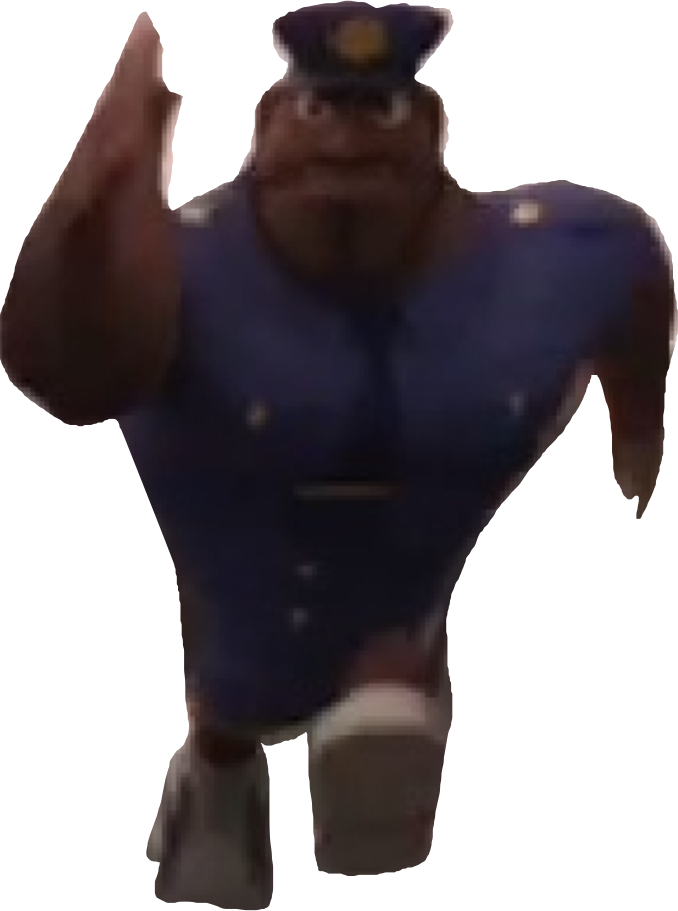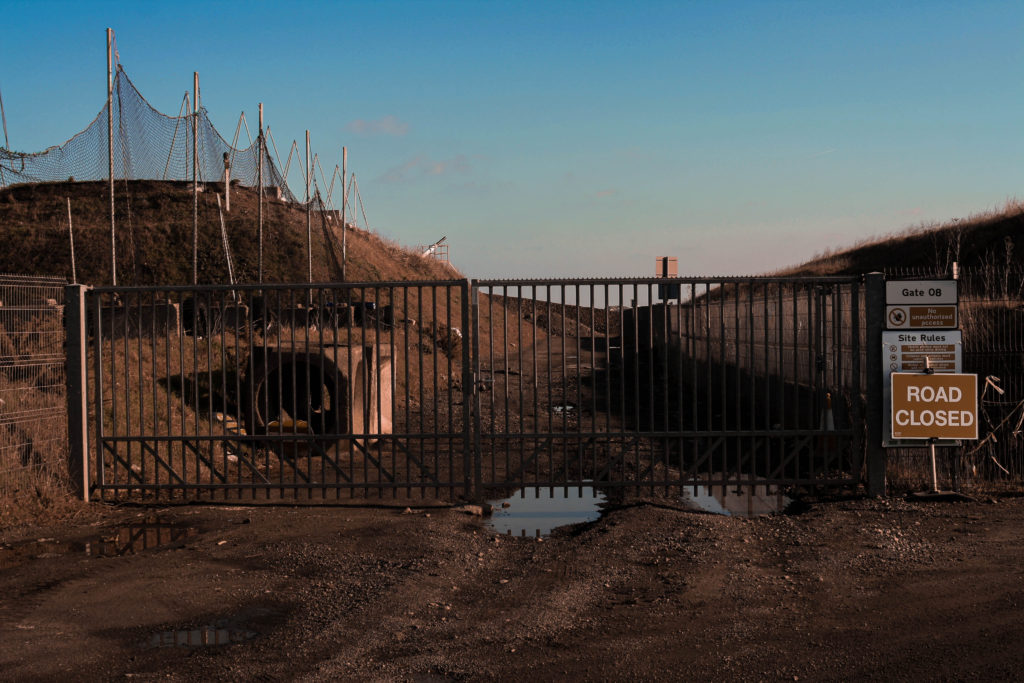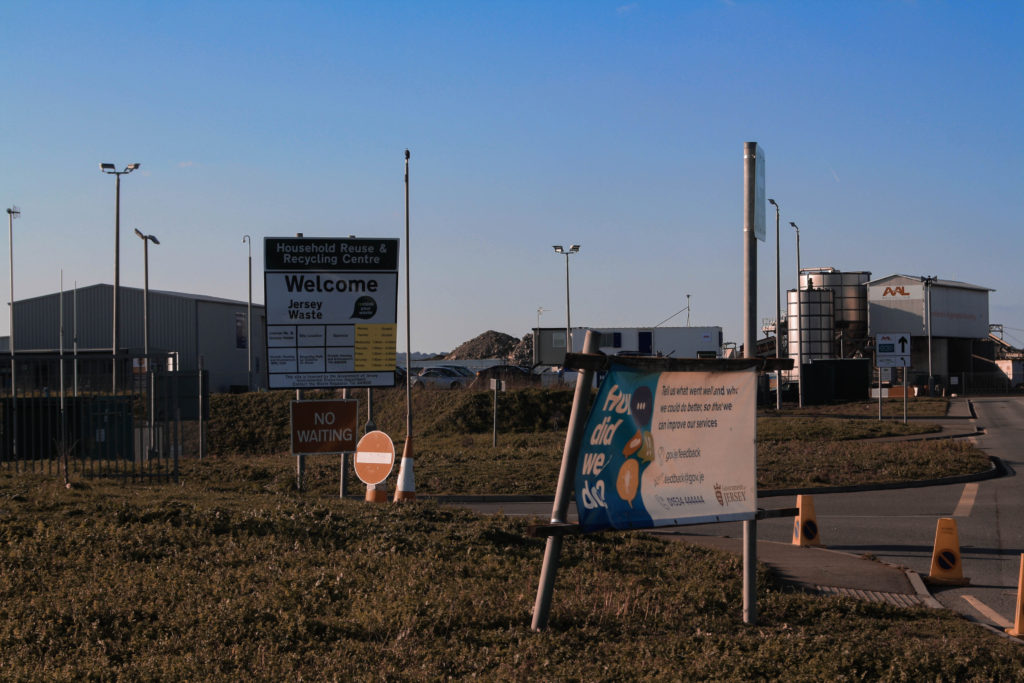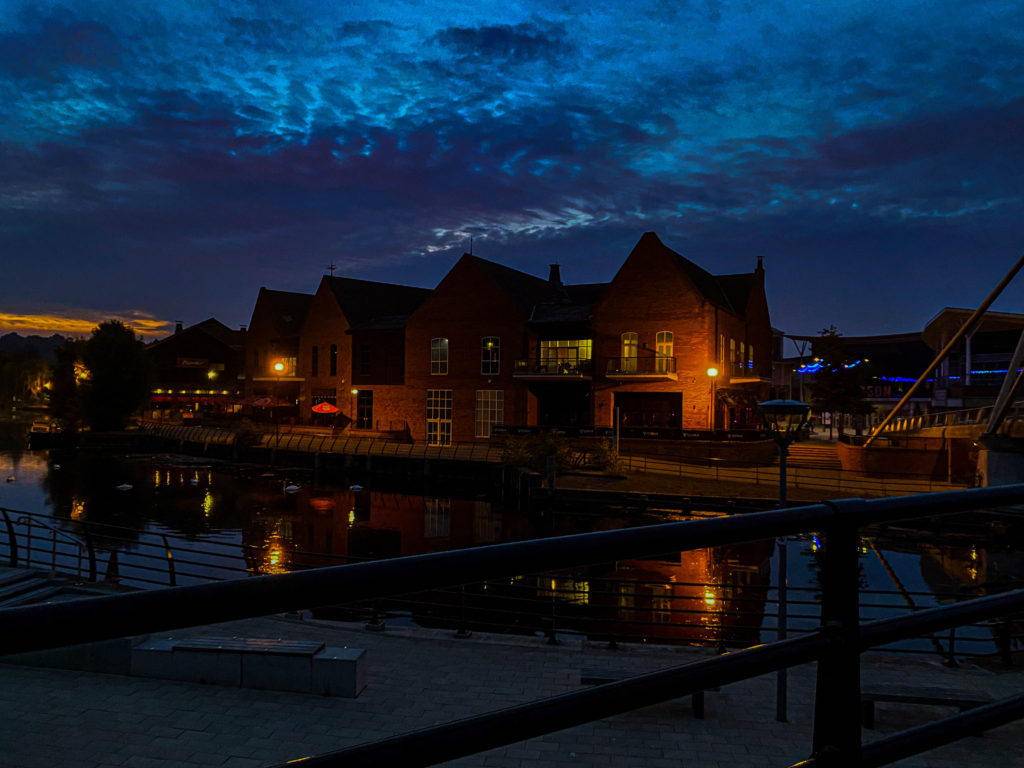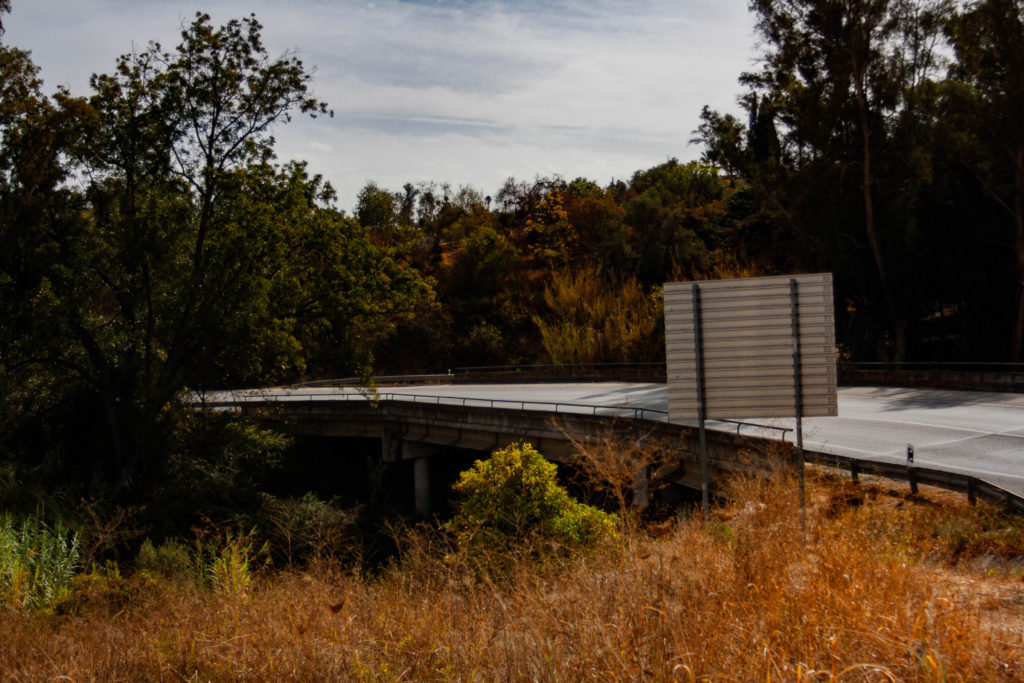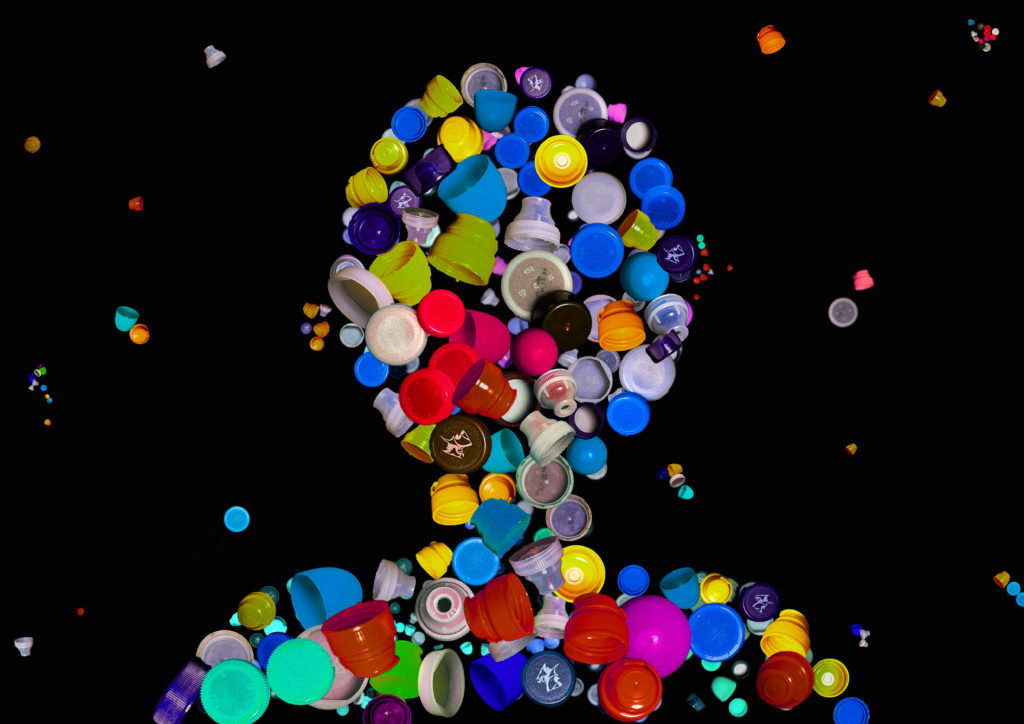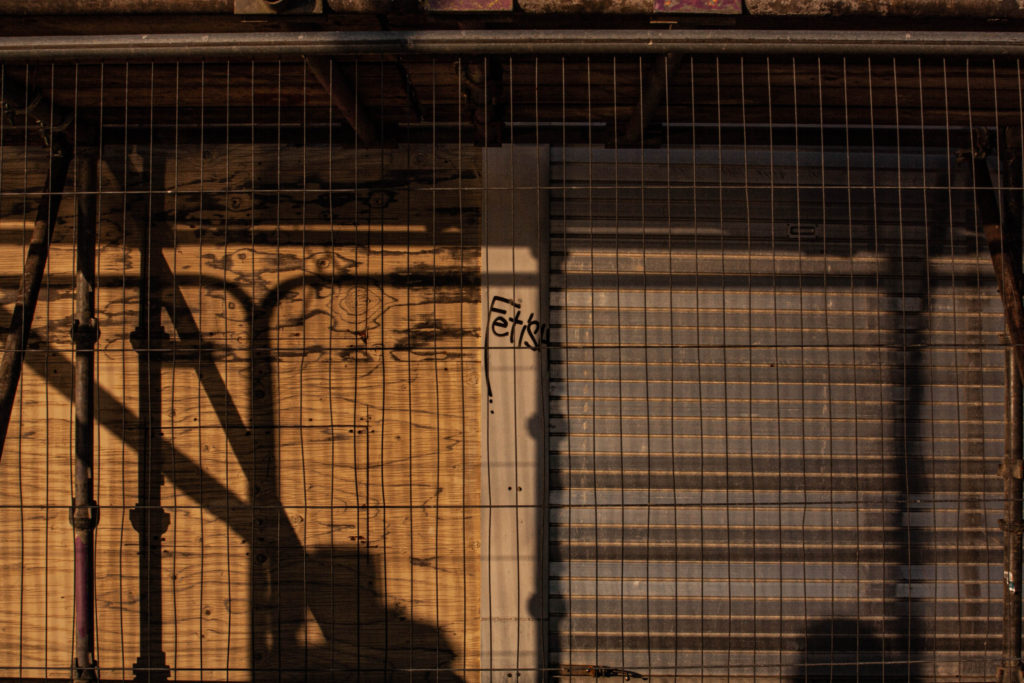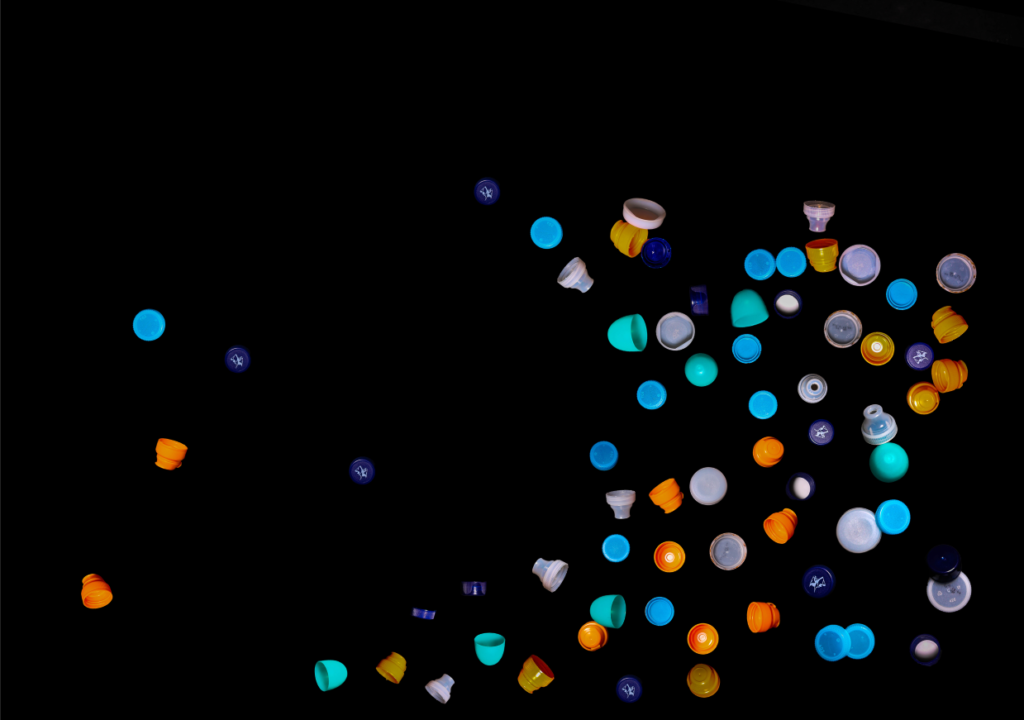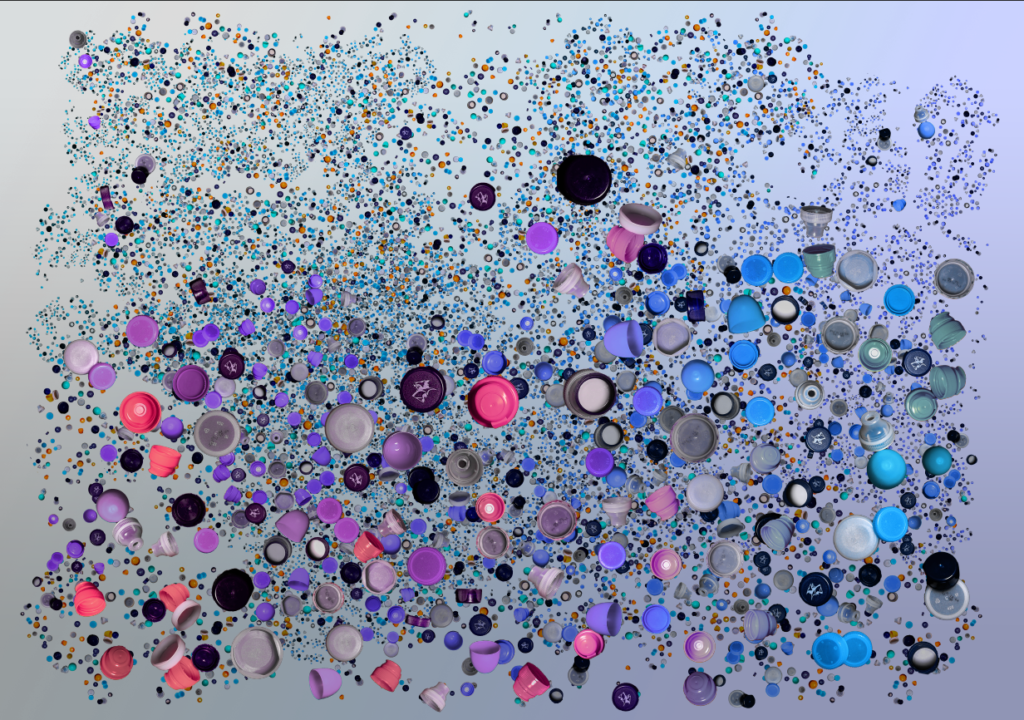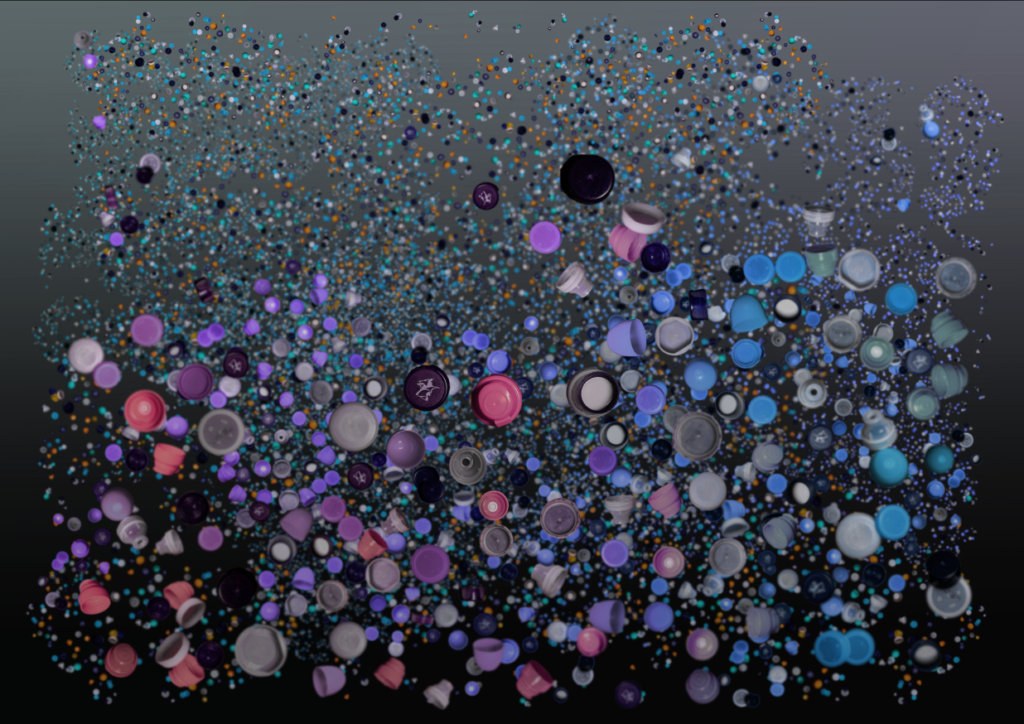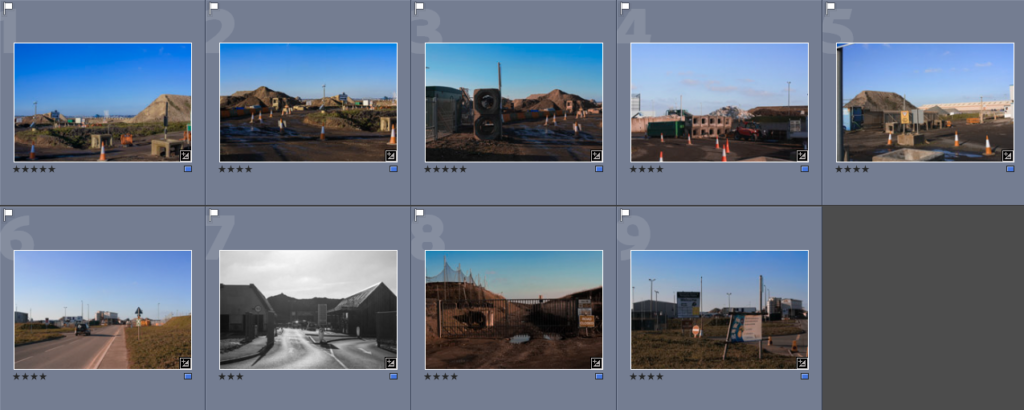
We did a small-scale photoshoot around the school for environmental portraiture, walking around and finding different areas where we could find people going about their day that wouldn’t mind having some photos taken. We ended up avoiding study areas so as to not disturb people and went to other common areas such as the canteen and the school car park, where we took some images of the exterior of the school.

I sorted through the images I wanted to keep to edit, gave them a star rating and colour coded them based on whether they would be good to edit or not in lightroom, and started working on them.

I only ended up editing 4 of these photographs, as a lot of them were out of focus or had poor lighting.




These were the 4 I was left with, and I quite like how they turned out.


These two images, taken in the canteen, show Jonah sitting down at a table during a free period, where he was socialising with others sitting with him. He doesn’t make a direct mode of address with the camera, which hints at his focus on other people in a social space, as opposed to an isolated photograph where it would be just him and the photographer. There’s a theme of colder tones in both photos, which works quite well with the more orange hues in the canteen’s furniture and Jonah’s blue clothing.

This image of me was taken at the top of the art block’s stairs, using warmer tones and softer natural lighting to show a more relaxed, quiet setting, juxtaposing the more crowded social areas in the building. The photograph works well as a composition, but I believe more lighting would be necessary on my face to improve the result of the image, as it’s quite low in exposure and isn’t as eye-catching as the red object on the left-hand side of the photo.

This last photograph is also of me, sitting on my motorbike in the school’s car park. The image also contains warmer tones and has an all-around good composition when it comes to contrast, framing, and shadows. However, my main issue with this photo is that the sun is directly behind me, creating a lens flare in the final image and making it harder to adjust the exposure on my face when it comes to editing.


